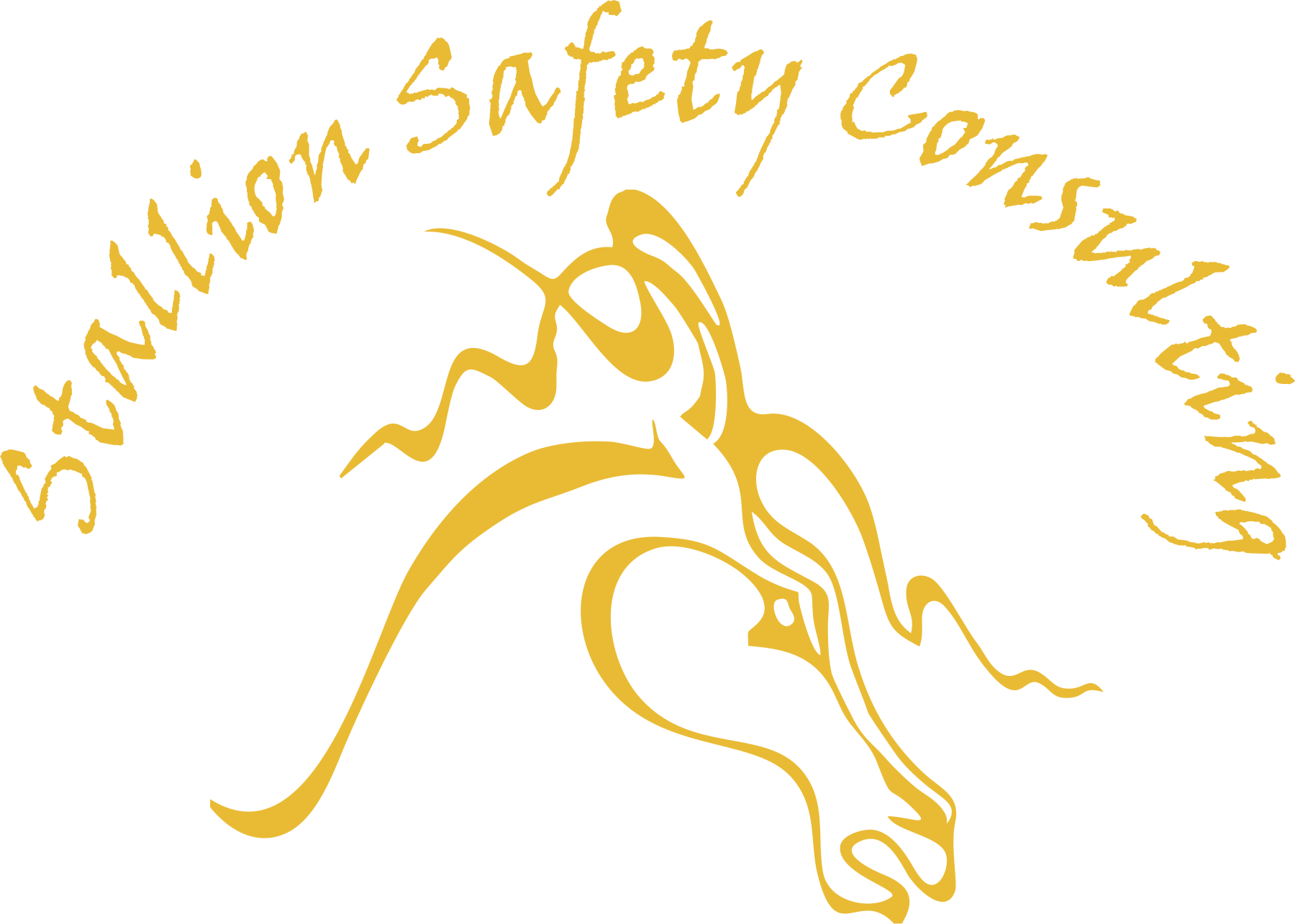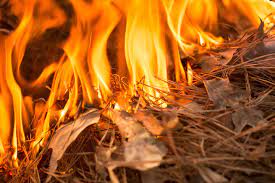|
Wildfire prevention is a responsibility we all share, and it is important to understand safe fire practices so that everyone can enjoy Alberta's forests.
Everyone's involvement ensures that wildfire does not needlessly threaten our environment. To accomplish this, individuals need to be aware of the dangers of wildfire to themselves and their community.
To reduce the number of human-caused wildfires, Alberta's Forestry Division has an extensive wildfire prevention program that targets:
- Communities
- Industry
- Other Stakeholders
- Property Owners
- The General Public
Wildfire Safety
- Do not discard cigarettes, matches, and smoking materials from moving vehicles, or anywhere on park grounds. Be certain to completely extinguish cigarettes before disposing of them.
- Follow local ordinances when burning yard waste. Avoid backyard burning in windy conditions, and keep a shovel, water, and fire retardant nearby to keep fires in check. Remove all flammables from yard when burning.
- Always follow follow the local fire bans and restrictions
- Have a fire extinguisher readily available and know how to use it.
Off-Highway Vehicles (OHV) Safety
Off-Highway Vehicles (OHVs) include:
- all-terrain vehicles
- quads
- trikes
- other vehicles designed for travelling off public roads and on unpaved trails and rough terrain
- Debris falling from these vehicles have been known to cause wildfires.
How OHVs Can Start Wildfires
- Exhaust systems heat up to temperatures more than 204 degrees Celsius; hot enough to fry an egg and start a wildfire.
- At these temperatures, built up materials and debris on your machine (such as grass, muskeg, moss, or other debris) can heat up, smoulder, and ignite.
- The smouldering debris can drop to the ground as you are riding, starting a wildfire.
Help Reduce the Risk, you can reduce the risk of your vehicle causing a wildfire by following these simple steps:
- Before you ride, clean out hot spots and remove debris from your machine.
- After riding through muskeg or tall grass, stop and remove any build-up from your machine.
-
Carry firefighting equipment such as a small shovel, collapsible pail, or fire extinguisher.
- Wash your quad, trike or bike and keep it clean; do not wash in streams and creeks.
- Make sure your muffler and spark arrestor are working properly.
- Stop frequently. Take the time to knock debris from your machine’s hot spots. If the debris is smouldering, soak it, stir it, and soak it again to make sure it is out.
- Always follow safe work practices and procedures, while using Off-Highway Vehicles for work purposes.
Campfire Safety
Having a campfire? Here are some tips to keep in mind to ensure a safe and enjoyable campfire experience:
Select Your Site
- In campgrounds or recreational areas, use the designated stoves, rings, or fire pits. They are designed to keep fires from spreading and are the best choice for a safe campfire.
- When outside of a campground, use sites that are clear of dry grass, bushes, leaves, branches, tree trunks, peat moss, and overhanging branches. If the site has already been used for a campfire, use the same site.
- Build your campfires on level ground that is sheltered from wind.
- If you cannot build your fire near a water source, have a large container of water nearby to keep your campfire under control. When you are done, fully extinguish it by soaking it, stirring it, and soaking it again.
Prepare Your Campfire
Tools Needed
- A shovel or spade
- An axe or hatchet
- Enough water to fully extinguish your campfire
The Site
In the backcountry or where there is not a dedicated fire ring, use these instructions:
- Make a circle about one metre around.
- Dig or scrape down to the mineral soil.
- Clear away any flammable materials within one metre of the pit.
Extinguish Your Campfire
Soak It. Stir It. Soak It Again.
- Let the fire burn down before you plan on putting it out. Spread the embers within the fire pit, then add water or loose dirt, and stir.
- Expose any material still burning. Add more water and stir again until you can no longer see smoke or steam. Do not bury your fire as the embers may continue to smoulder and can re-emerge as a wildfire.
- Repeat until your campfire is cool to the touch.
- If your fire is out, you should not be able to feel any heat from the ashes.
Calling 310-FIRE is quick and easy and is available toll free, 24 hours a day, 7 days a week. If you see a wildfire or suspicious smoke – regardless of where or when it happens – please make the call.
|


 CAD
CAD USD
USD